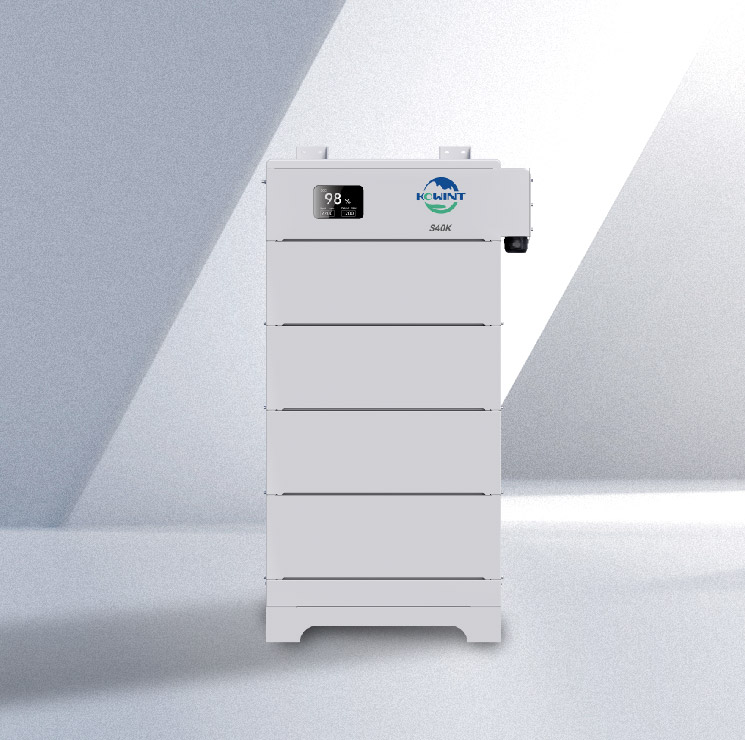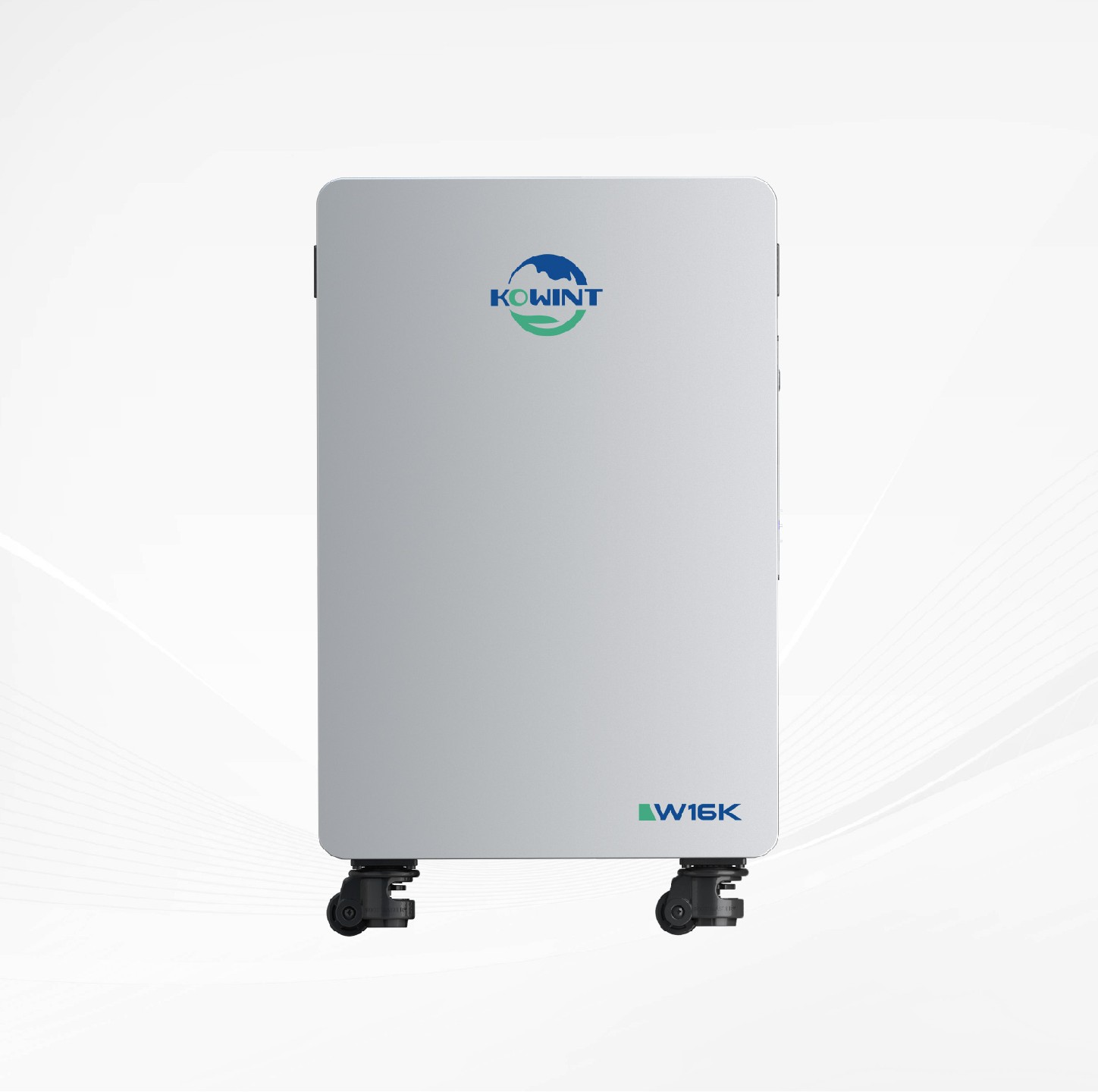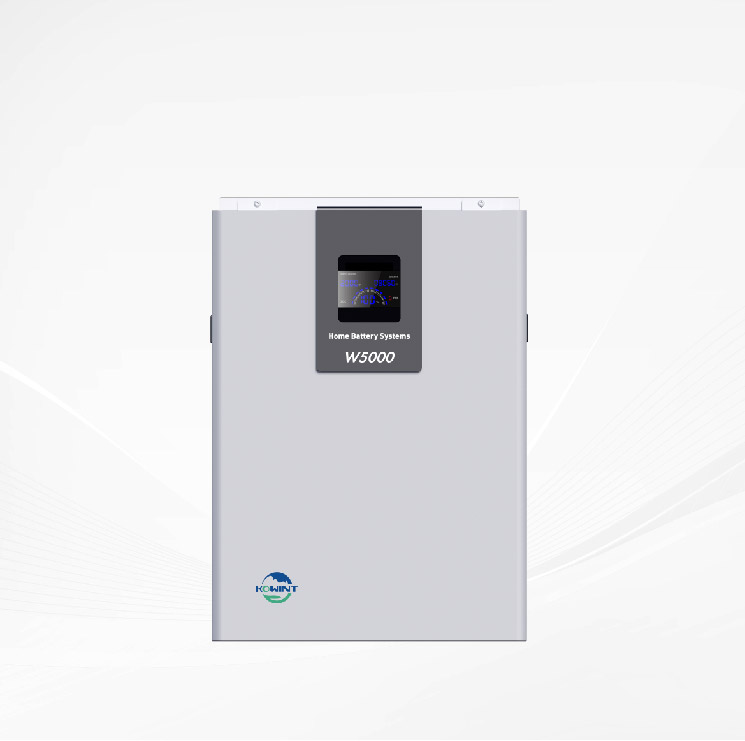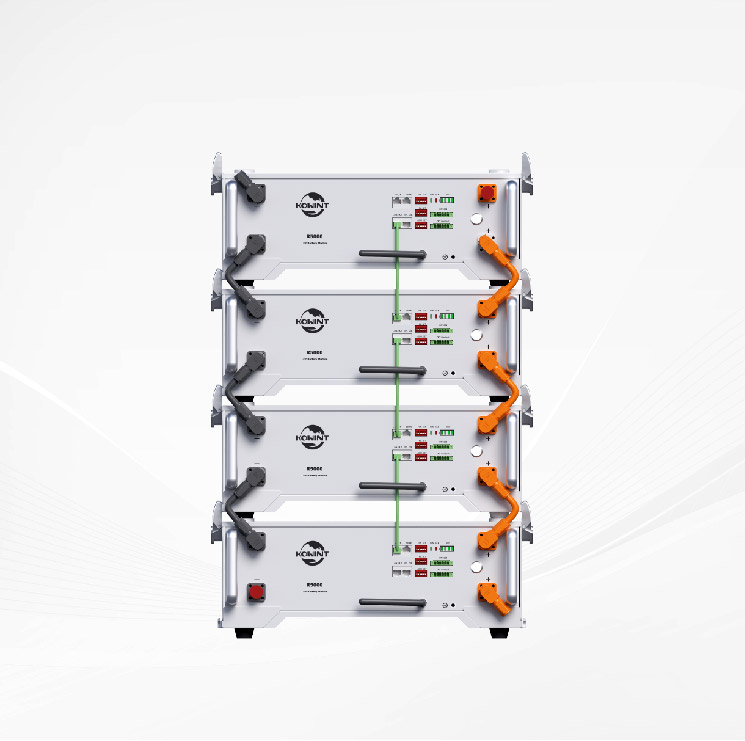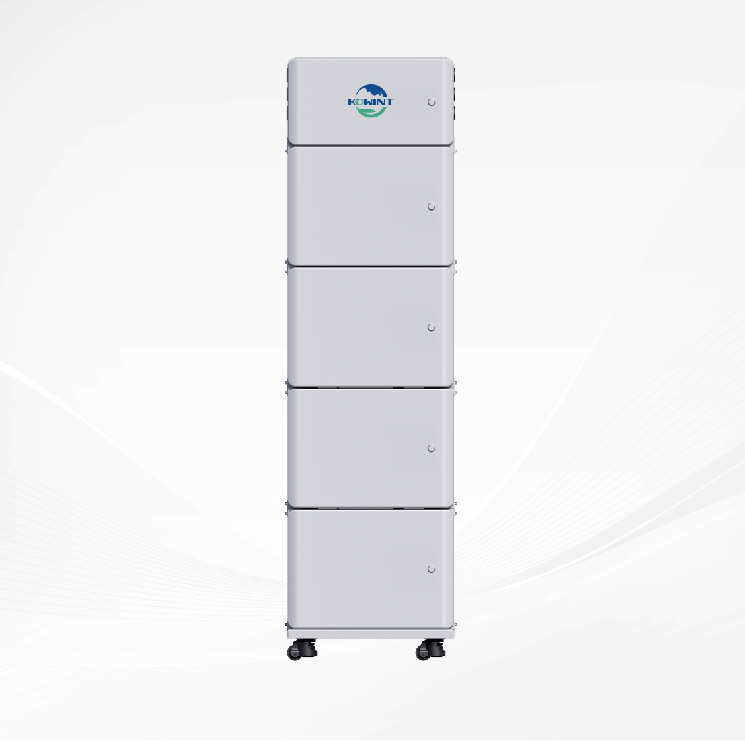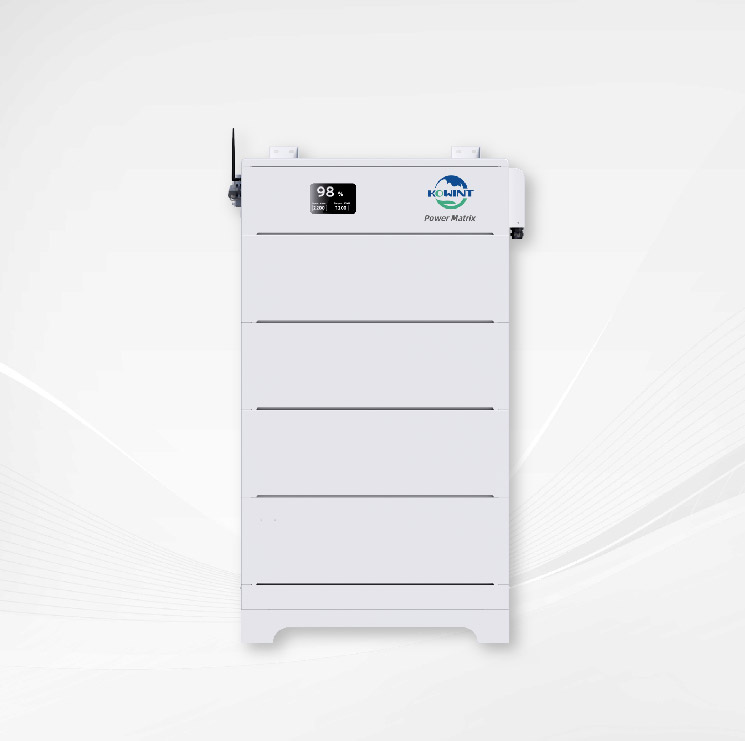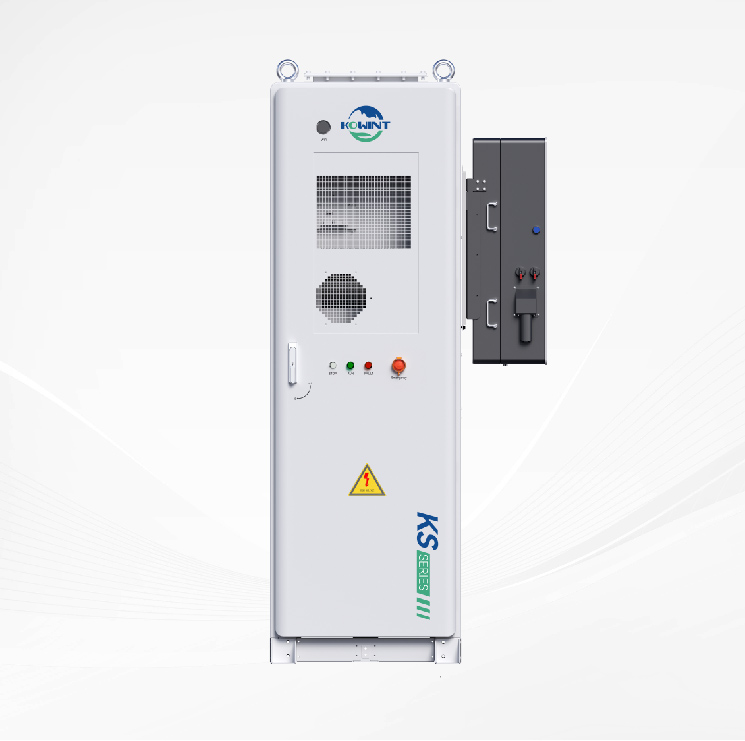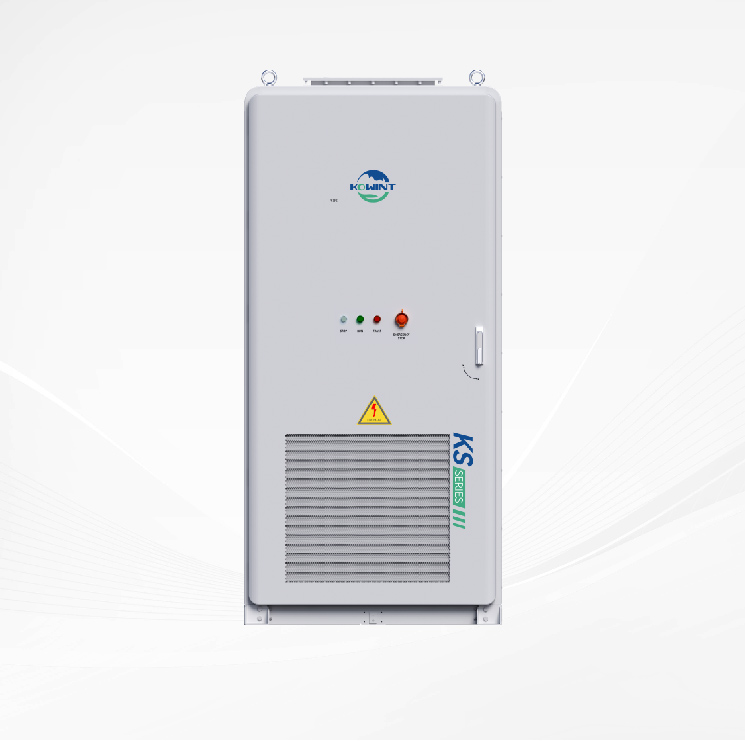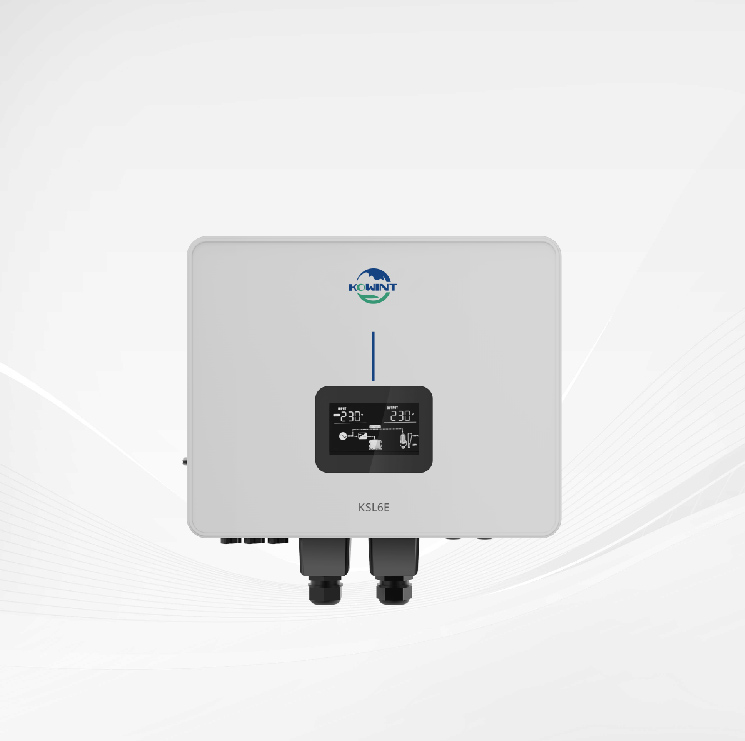The 6 Main Types Of Lithium Batteries
These days, more people than ever before use lithium batteries. They're ubiquitous, appearing in everything from electric cars to cordless power tools to mobile phones. Having said that, it's important to note that not all of these electrical devices utilize the same brand or model of lithium batteries. In this article, we will examine the six most common varieties of lithium batteries, their advantages and disadvantages, and the optimal uses for each.
A lithium battery: what is it?
An electrical potential difference between the battery's negative and positive poles is used by lithium ions to store energy in lithium batteries. A "separator" insulating layer separates the battery's two halves; it prevents electrons from passing through but lets lithium ions through.
As the battery charges, lithium ions pass through the separator and end up on the negative side. Depleting a battery causes the ions to flow in the opposite direction.
The previously stated electrical potential difference is caused by the movement of lithium ions. The term "voltage" describes this disparity in electrical potential. Connecting your electronics to a lithium battery allows the electrons that would normally be prevented by the separator to flow through and power your gadget.
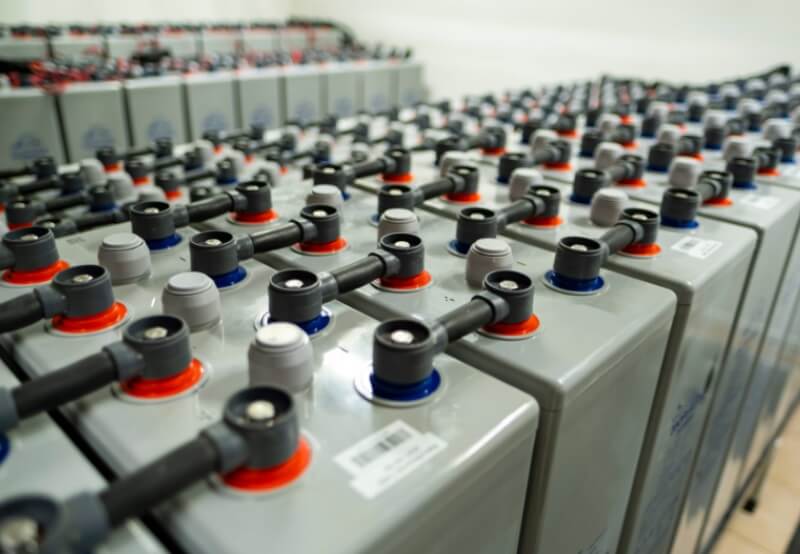
Lithium batteries come in six main types.
The energy storage capabilities of various lithium batteries are based on their respective active ingredients and chemical processes. Different types of lithium batteries are best used for different tasks, and each has its own set of advantages and disadvantages.
Different varieties of lithium batteries are named for the ingredients that are actually used to power them. As an example, we will begin with a lithium iron phosphate battery, abbreviated LiFePO4 according to the chemical symbols used to represent the active ingredients. Still, a lot of folks abbreviate it even further to LFP.
#1. Lithium Iron Phosphate
The cathode of a lithium iron phosphate (LFP) battery is phosphate, whereas the anode is a graphitic carbon electrode. Long-Full-Phase (LFP) batteries are known for their excellent electrochemical performance, thermal stability, and extended lifespan.
-What They Are Used For:
Since each LFP battery cell has a nominal voltage of 3.2 volts, a 12.8-volt battery can be made by connecting four of them in series. Since lead-acid deep-cycle batteries are becoming increasingly obsolete, LFP batteries have become the go-to lithium battery option.
-Benefits:
Lithium iron phosphate batteries are a popular choice for applications that require a lot of power because of their many advantages. The main advantages, though, are security, longevity, and resilience.
Lifecycle ratings of 2,000 cycles or higher are common for LFP batteries. The depth of discharge little affects the lifetime of LFP batteries, in contrast to lead-acid ones. The majority of LFP battery brands recommend an 80% depth of drain, while a few even say you can safely discharge them to 100%.
Because of their low resistance, the materials used to make lithium iron phosphate batteries are both safe and very stable. One of the safest solutions for lithium batteries, even when fully charged, are LFP batteries because their thermal runaway threshold is roughly 518 degrees Fahrenheit.
-Drawbacks:
One or two negative aspects of LFP batteries should be mentioned. The first is that their specific energy is lower than that of other varieties of lithium batteries. Low temperatures can also negatively impact their performance. Some high cranking applications might not be ideal for LFP batteries because to their low specific energy and decreased performance in cold conditions.
#2. Lithium Cobalt Oxide
The specific energy of lithium cobalt oxide (LCO) batteries is high, but their specific power is low. This implies they aren't great under heavy loads, but they can keep churning out juice for quite a while.
-What They Are Used For:
Many tiny portable electronics, including phones, tablets, laptops, and cameras, used LCO batteries. On the other hand, different varieties of lithium batteries are gaining popularity as a result of the high cost of cobalt and worries about safety.
-Benefits:
The high specific energy of LCO batteries is the most significant advantage they offer. Under low-load conditions, this enables them to provide electricity for an extended duration.
-Drawbacks:
LCO batteries have faced a decline in popularity due to a number of notable downsides. The first drawback of LCO batteries is their short lifespan, which typically falls somewhere between 500 and 1,000 cycles. Also, cobalt isn't exactly cheap. It is not cost-effective to purchase expensive batteries with a short lifespan.
Another issue that raises safety concerns is the limited thermal stability of LCO batteries. The performance of LCO batteries in high-load applications is further limited by their low specific power.
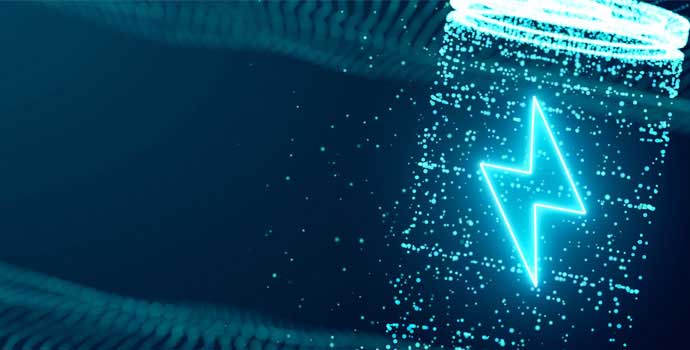
#3. Lithium Manganese Oxide
LMO batteries have lithium manganese oxide as their core. The three-dimensional structure that results from this chemical reaction enhances thermal stability and safety, decreases internal resistance, and boosts current handling.
-What They Are Used For:
Many hybrid and electric vehicles, as well as portable power tools and medical equipment, use LMO batteries.
-Benefits:
LMO batteries have a high specific power and charge rapidly. As a result, they are able to provide more current than other types of batteries, such as LCO batteries. Additionally, they are able to function safely at higher temperatures because to their superior thermal stability compared to LCO batteries.
The adaptability of LMO batteries is still another advantage. It is possible to optimize LMO batteries for high-load or long-life applications by adjusting the internal chemistry.
-Drawbacks:
The limited lifespan of LMO batteries is their primary drawback. The typical lifespan of an LMO battery is 300–700 charge cycles, which is much shorter than that of other varieties of lithium batteries.
#4. Lithium Nickel Manganese Cobalt Oxide
The three primary elements utilized in the cathode of lithium, manganese, and cobalt oxide (NMC) batteries amalgamate their respective advantages. In its pure form, nickel is unstable and has a high specific energy. Although manganese's specific energy is low, it is quite stable. A high-specific-energy, stable chemistry is the result of combining the two.
-What They Are Used For:
Electric powertrains for e-bikes, scooters, and even some EVs use NMC batteries, which are similar to LMO batteries. Power tools also frequently use these batteries.
-Benefits:
Compared to cobalt-based batteries, NMC batteries have a lower price point, a longer lifecycle, and a higher energy density. Additionally, they are safer than LCO batteries due to their superior thermal stability.
-Drawbacks:
Compared to batteries made of cobalt, NMC batteries have a little lower voltage, which is their biggest shortcoming.
#5. Lithium Nickel Cobalt Aluminium Oxide
An NCA battery, which stands for lithium, nickel, and cobalt, has a long lifespan, a respectable specific power, and a high specific energy. This allows them to provide a substantial quantity of current for long durations.
-What They Are Used For:
The electric car business is a big fan of NCA batteries because of its long battery life and ability to handle high-load applications. In particular, Tesla prefers NCA batteries.
-Benefits:
NCA batteries have a long lifespan and a lot of energy.
-Drawbacks:
Compared to other lithium technologies, NCA batteries are more expensive and lacking in safety.
#6. Lithium Titanate
The chemical composition of the cathode material is what sets apart each of the previously mentioned varieties of lithium batteries. In lieu of graphite, lithium titanate (LTO) batteries use lithium metal hydride (LMO) or nickel metal hydride (NMC) for the cathode chemistry.
As a result, the battery is safer than any other type of lithium battery, has a longer lifespan, and charges more quickly.
-What They Are Used For:
LTO batteries have many different applications. Numerous applications exist, including but not limited to: electric vehicles and charging stations, reliable power sources, solar and wind energy storage, solar street lights, communications networks, and aerospace and military hardware.
-Benefits:
LTO batteries have various advantages, such as a long lifespan, excellent stability, fast charging, and an exceptionally wide operating temperature.
-Drawbacks:
Long-term operating battery technology faces two major challenges. Compared to other lithium technologies, they have a poor energy density, meaning they store less energy per unit weight. Furthermore, the price is exorbitant.
Is lithium used by all battery types?
A lot of batteries don't use lithium, actually. Although they are still in their infancy, lithium batteries are quickly displacing older battery technologies.
For a long time, lead-acid deep-cycle batteries were the gold standard for batteries, particularly for use in automobiles. Although lithium has made significant strides in this industry, gas-powered vehicles still primarily use lead-acid batteries because of their low initial cost.
Furthermore, alkaline batteries are the most commonly seen varieties of store-bought batteries. The majority of AA and AAA batteries that are currently in use are alkaline batteries, which store energy through a chemical reaction using manganese dioxide and zinc.
Rechargeable lithium batteries quickly replaced their nickel-cadmium (NiCad) predecessors. Nickel cadmium batteries use metallic cadmium and nickel oxide hydroxide as electrode materials. Although they aren't totally out of date just yet, NiCad batteries are losing ground to lithium batteries in the rechargeable battery industry.
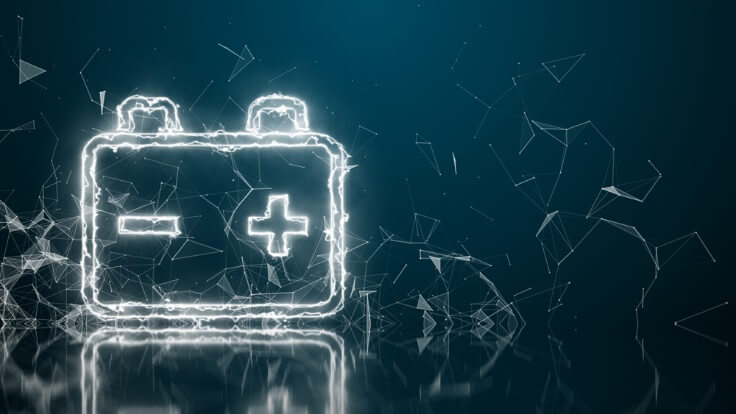
Which Kind of Lithium Battery Is Most Common?
Many consumer-facing products, including mobile phones, computers, tablets, and digital cameras, employ lithium cobalt oxide (LCO) batteries. Their prevalence as the most popular form of lithium battery should come as no surprise.
What makes a good battery?
To get the most out of an ESS battery, there are a few important things to keep in mind:
Excessive cycle count
The amount of charge and discharge cycles that various battery types can withstand before experiencing a noticeable decline in performance determines their life cycles. These days' electric vehicle batteries last far longer. Depending on the type of batteries used for energy storage, typical manufacturer warranties for batteries last either eight years or 100,000 miles.
Because they are always being charged and discharged, energy storage devices need a long cycle life. Every time you charge and discharge a battery, its capacity drops. When lithium-ion batteries lose 70% to 80% of their initial capacity, they are no longer usable. When properly maintained, the best lithium-ion batteries can withstand 10,000 cycles of discharge and recharge, whilst the worst of them only manage 500 cycles.
Elevated peak power
In order to meet energy demands during times of peak demand in electrical grids, energy storage devices must be able to withstand large surges in demand.
Although energy consumption is not uniform, ESS can schedule charges for periods of lower or more abundant energy prices. It can significantly cut expenses by storing energy when demand is low and releasing it when needed.
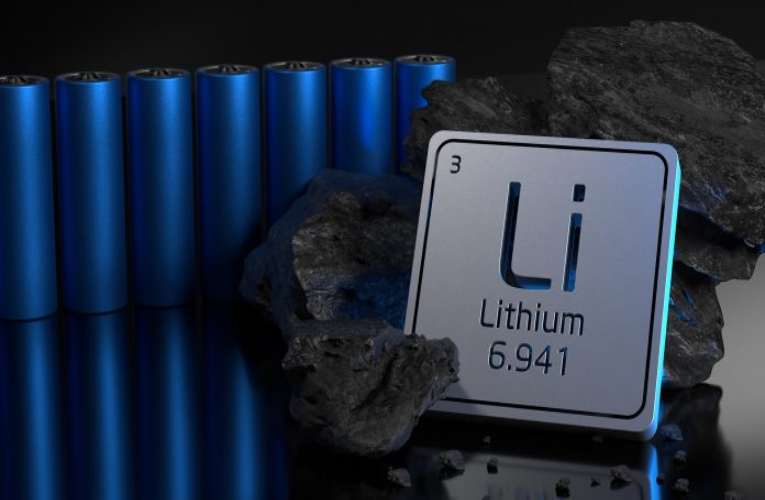
Low production cost
An enormous amount of cells is needed by energy storage systems in order to fulfill energy demands. As an example, megawatt-hours (MWh) are units of measurement for the quantity of energy consumed every hour. The kilowatt-hour is the unit of measurement for electric vehicle batteries. That's a thousand times better!
The large cell count required for ESS makes more costly battery technologies unfeasible from an economic standpoint.
Thermal runaway events are less likely to occur.
There is still the very real possibility of thermal runaway. Fire, smoke, and the release of gas, particles, and shrapnel can ensue when a lithium-ion battery achieves an uncontrollable self-heating condition.
The temperature at which various types of lithium-ion batteries experience thermal runaways varies. At lower temperatures, for instance, certain lithium-ion battery types—like NCA, NMC, and LCO—are susceptible to thermal runaway. You can't go wrong with LFP batteries.
Size and weight are irrelevant.
When it comes to ESS operations, the size and weight of the battery are less important than they are for electric vehicles because these installations are usually placed in storage units or containers.
The size of the battery has minimal effect on cost because the land where ESS are put is typically inexpensive. Weight is irrelevant since, unlike with EVs, it has no effect on the performance of the battery.
Finding the Appropriate Lithium Battery for Your Needs
There is a wide variety of lithium batteries available, as you can see. They all have their advantages and disadvantages, as well as certain uses where they really shine. Choosing the right sort of lithium battery depends on your application, price, level of safety tolerance, and power requirements.


 Residential Energy Storage System
Residential Energy Storage System Commercial & Industrial BESS
Commercial & Industrial BESS Residential inverter
Residential inverter